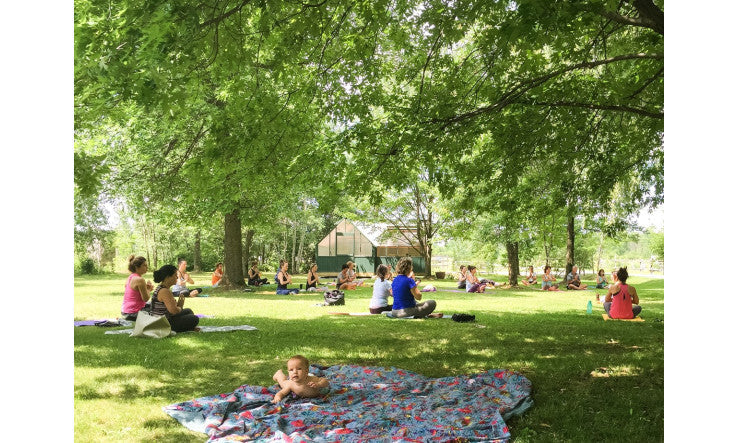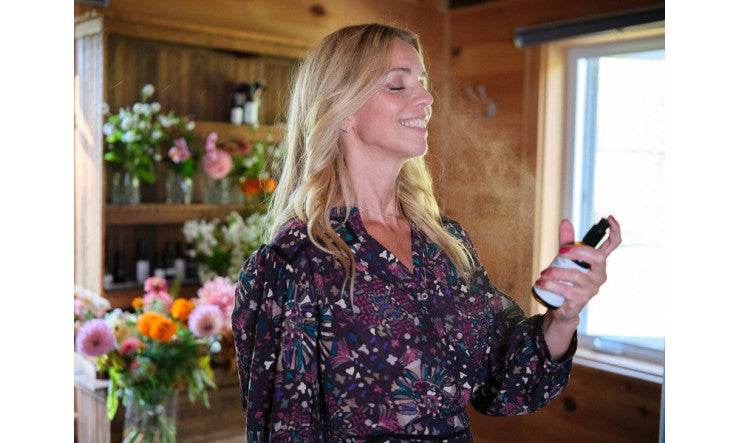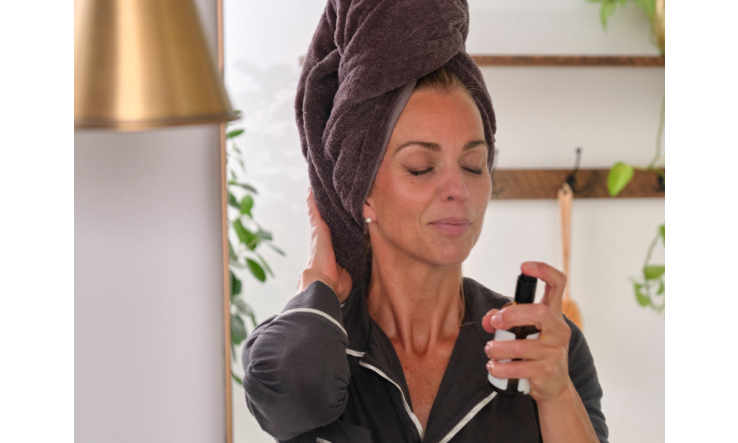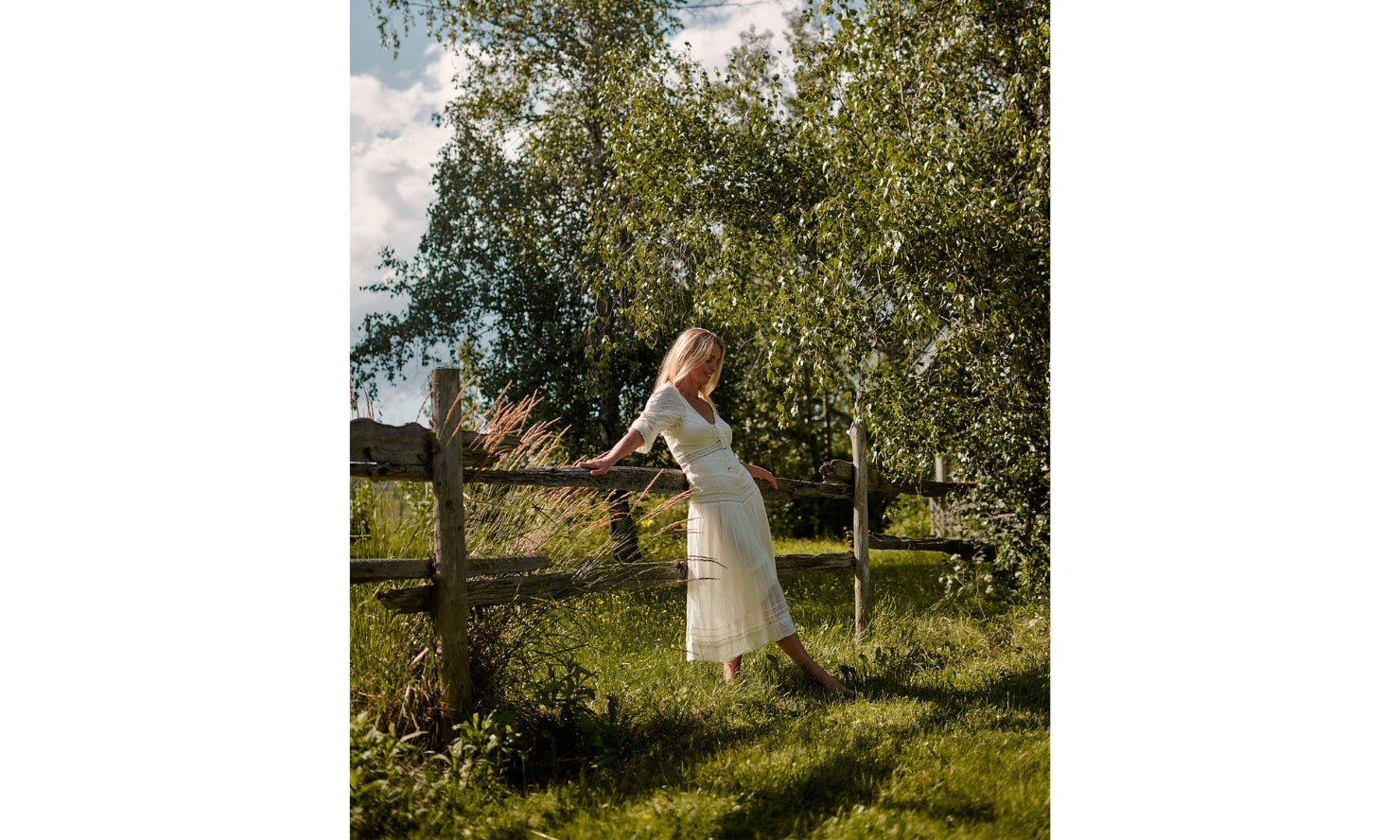So, you've decided: you're going to take a yoga class. Congratulations! But faced with the (very large) choice of classes, you're paralyzed: which one to choose? Hot yoga? Viniyoga? Power yoga? Mindfulness meditation? Let's examine all of this together.
How to choose? First of all, you have to keep in mind that a yoga class should soothe you, bring you calm in your thoughts (see my previous article "Yoga"). So, no matter (or almost!) the class you take, observe carefully how you feel at the end of the class, in the hours and days that follow. Do you feel a sense of calm? Great! Are you having trouble walking because your muscles are sore? Hmm...maybe not the right class choice. In my opinion, this is the best indicator to recognize that the chosen class is right for you. Also, a truly "yoga" yoga class should include a sequence of postures (asanas), breathing exercises (pranayama) or at the very least awareness of breathing during the asanas and a meditation/relaxation part (dhyana).
Yoga tends to balance our lives: so another good way to choose the best class for you is to take a look at your life, both personal and professional. For example, a rather sedentary person in life who does intellectual work could take a yoga class in which asanas would be in the foreground (but without forgetting pranayama and dhyana). On the other hand, a fairly athletic manual worker could choose a gentle yoga class with a significant component of pranayama and/or dhyana. If this same student works mainly seated doing repetitive movements, he will need to move (asanas) in order to balance the circulating energy. And the sedentary person can just as easily choose a meditation class that will do him the most good! But thinking about "balancing his life" can help us make wise choices.
The stage of life we are in also has a great influence. Ancient Indian society divided life into three periods: the 0-25 years period (Sristhi krama), the 25-75 years period (Sthiti krama), and the 75 years and older period (Adhyatmika krama). For young people up to the age of 25, yoga should encourage physical growth, the development of the senses and the mind: the postures prevent illness and purify the body. In order to form functional adults, the proportion of asanas (postures) during a yoga session should be greater than pranayama (breathing) and dhyana (meditation). For adults aged 25 to 75, yoga aims to maintain adult health and prevent illness so that we can fulfill our many responsibilities (family, personal, and professional). Sristhi krama is about establishing ourselves and finding our mission, and Sthiti krama is about pursuing that mission. Yoga in this second period should therefore help to rest, eliminate tensions and toxins: the mind needs to be supported and this is why students in this period of life should look for classes in which pranayamas (breathing exercises) are in the spotlight. As for Adhyatmika krama (75 years and older), the student should practice a yoga that will help them accept the past and support them in contemplation and internalization: dhyana (meditation) should be at the heart of a yoga practice. Yoga helps us accept and live in the period we are in, whatever our age. Obviously, a 30-year-old student can take an athletic yoga class while another 58-year-old student may want to meditate!
You can also choose a yoga class based on your interests or physical condition. Word of mouth is also a good tool for choosing a class. Also, whatever class you choose, check your teacher's qualifications carefully: you can't just become a yoga teacher! Even with the best intentions, a "makeshift" teacher can do more harm than good!
In summary, choosing a yoga class can be a bit complex, but with a few elements of reflection (physical condition; period of life; lifestyle; interests, what remains of the session a few hours/days following, etc.), it is possible to choose well. And it is possible to make a mistake and not choose the right class the first time: you can take several before finding the one that suits you best.
Finally, here is a short (non-exhaustive) glossary which describes in a very general way some frequently encountered courses.
Hatha yoga: Classical yoga, usually excellent for beginners. Includes asanas, pranayam, and dhyana.
Viniyoga: Classical yoga containing asanas, pranayama and dhyana (the one I trained in!) and which advocates adaptation: "It is not the person who must adapt to Yoga but Yoga which must be adjusted to the person." (Krishnamacharya)
Ashtanga yoga: A very physically demanding yoga that requires excellent physical condition. Repetitions of the same 6 to 8 postures, very quickly.
Bikram yoga: The famous "hot yoga." Includes 26 very physically demanding postures. Performed in a room heated to 42 degrees, therefore not recommended for those who have trouble tolerating heat.
Kundalini: Yoga focused mainly on breathing but integrates all aspects of other yogas.
Power yoga: This is a "blend" of several styles of yoga. Very physical yoga
There are several other types of yoga (Kripalu, Sivananda, Iyengar, Gentle, etc.): the best thing is to talk to the teacher!
Happy yoga and namaste!
Karyne Cordeau MD
Yoga teacher

































































